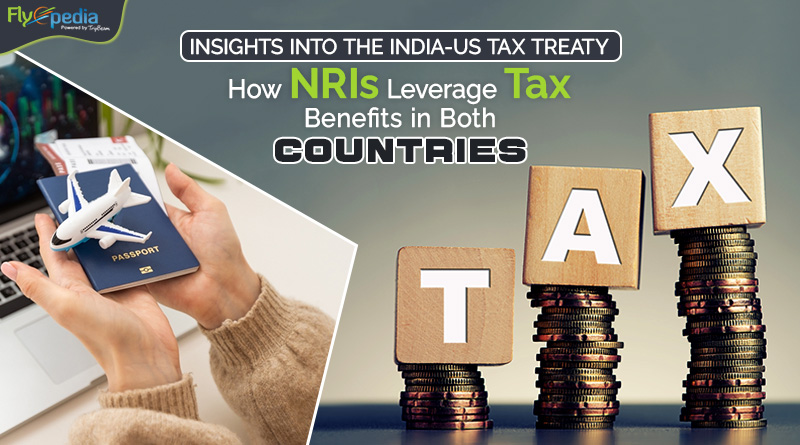Insights into the India-US Tax Treaty: How NRIs Leverage Tax Benefits in Both Countries
The US Tax Treaty with India has been in effect for many years, serving as an International Tax Agreement that addresses tax issues between the United States and India. This treaty is among the various International Tax Treaties between the two nations, impacting the enforcement of tax laws by both the IRS and Indian tax authorities. The treaty aims to prevent double taxation and streamline tax compliance and covers many aspects such as passive income, foreign pension (EPF), and Double Taxation.
Additionally, there exists a separate treaty under the FATCA (Foreign Account Tax Compliance Act) for asset disclosure. However, this article primarily focuses on the US-India Income Tax Treaty. Despite providing a framework for addressing tax issues, there are certain complexities, notably the application of the Saving Clause, which require attention and understanding. Also, you must check out the cheap business class tickets to India on Flyopedia for a luxurious trip.
Taxable income for NRIs
NRIs’ taxable income includes all income generated, received, accrued, or deemed to be created, received, or accumulated in India. It comprises wages, income from properties, business activities, and capital gains on Indian assets, as well as income from ‘other sources’ like dividends on stocks, mutual funds, and so on, and interest earned on bank deposits/accounts. Interest on Non-Resident External (NRE) and Foreign Currency Non-Resident (FCNR) accounts is tax-free, whereas interest on Non-Resident Ordinary (NRO) accounts is taxable.
Identifying your tax residency for the year
Individuals can book their cheap flight tickets to India from USA and become residents of India for a fiscal year if they meet any of the following criteria: First, they must be present in India for at least 182 days throughout the fiscal year. Second, if they spent 60 days or more in India the previous year and 365 days or more in the four years before that year. It is worth noting that if an Indian citizen works abroad or is a crew member on an Indian ship, the first criteria apply to determine resident status.
Similarly, for Persons of Indian Origin (PIO) visiting India during the previous year and whose total income (excluding foreign sources) is less than or equal to 15 lakhs, only the first condition applies, and the second condition is not applicable. A PIO is someone whose parents or grandparents were born in undivided India. If the individual does not meet any of the above conditions, they classify as a Non-Resident Indian. Meanwhile, If you are looking to book Canada to India flight tickets then head to Flyopedia.ca for cost-effective pricing.
How does the US-India Tax Treaty benefit non-resident taxpayers?
An agreement between the two countries that creates a framework for cross-border taxation and prohibits double taxation on the same revenue is known as the US-India Tax Treaty or DTAA. It provides various benefits to non-resident Indian taxpayers, including exclusions from double taxation and, in some cases, a lower tax rate. Non-resident taxpayers can select between the IT slab rates and the treaty rate, preferring the cheaper one.
This treaty prohibits Non-Resident Indians from being taxed twice on the same income in both India and the United States, which benefits non-resident taxpayers. While there are no significant disadvantages, some NRIs may find that the tax rate on Indian income is lower than the rate under the treaty. In such cases, opting for local tax rates may be more advantageous for NRI taxpayers. Lastly, if you are in a hurry and looking for flight deals then you can now check out last minute flight deals to India from USA
with just one click at Flyopedia.
Also Read: Insider’s Guide: Discover 7 Hidden Places in Goa Unknown to Tourists




